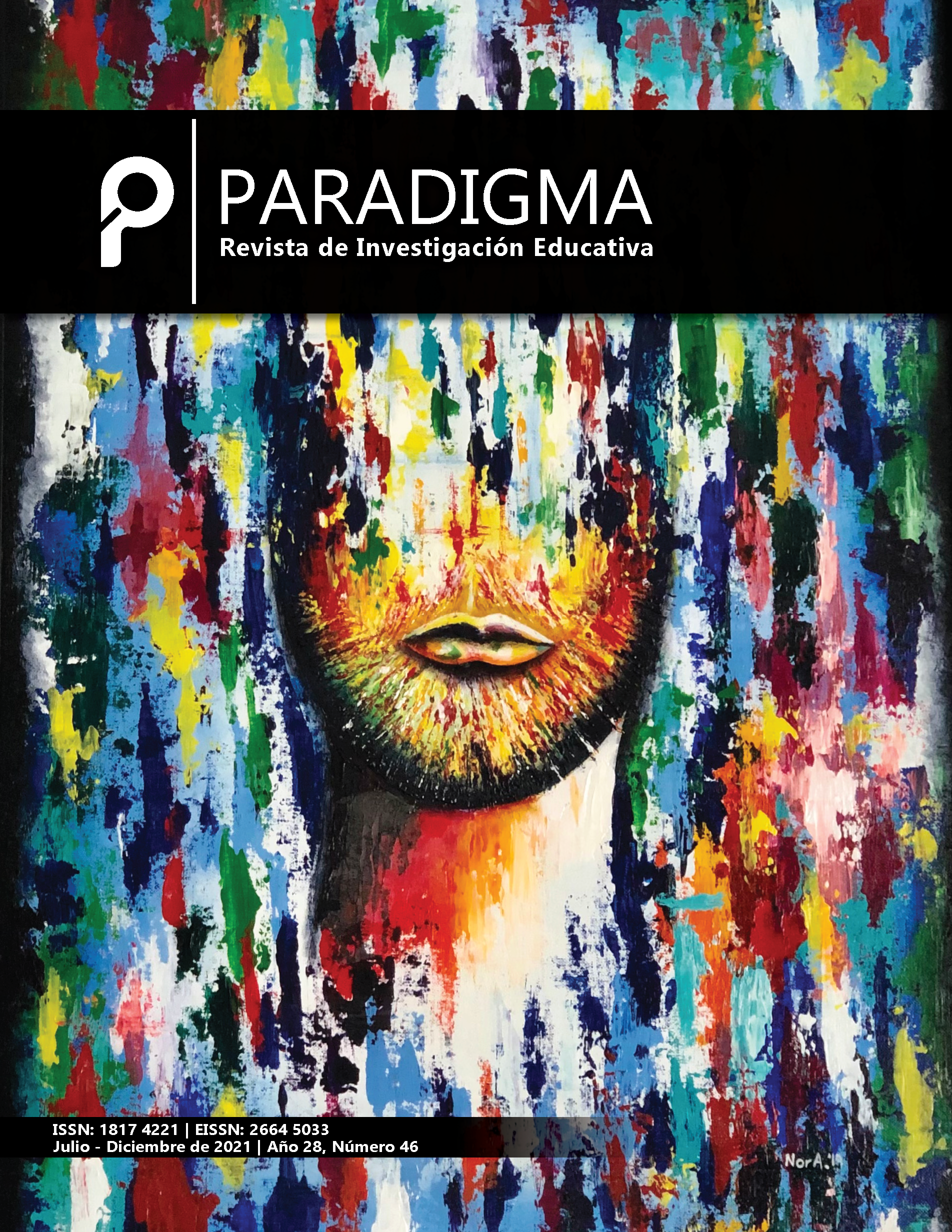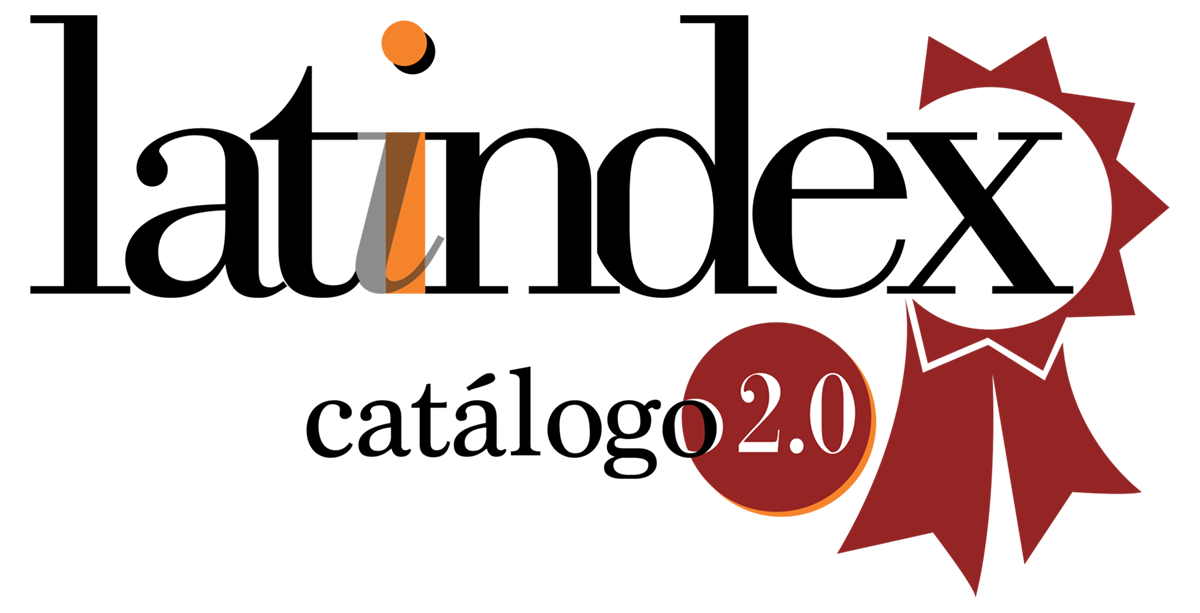¿Es el tiempo de reacción un factor diferenciador en el rendimiento académico? Un estudio desde Kahoot
Is reaction time a differentiating factor in academic performance? A study from Kahoot
Keywords:
response time, score, kahoot, learning analytics, testAbstract
This study addresses the influence of reaction time (answer time) on the performance obtained (score) in a conceptual test applied to university students from the Kahoot platform. Data processing and analysis was performed using the IBM SPSS Statistics software. To make the comparison between groups, a one-way ANOVA was carried out, using tertile divisions of the answer time variable in order to look for differences in the means of the subjects who completed the test early, mid, and late. In addition, correlations were made between the relevant variables to help clarify the existing relationship. Answer time was found to be important, but not determinant of the quality of responses. Thus, these findings are a considerable attempt to understand the fundamentals of Learning Analytics, especially in times of pandemic, where digital transformation has proven to be a key ally, if not the best.
References
Balderas, A., & Caballero-Hernández, J. A. (2020). Analysis of Learning Records to Detect Student Cheating on Online Exams: Case Study during COVID-19 Pandemic. TEEM'20: Eighth International Conference on Technological Ecosystems for Enhancing Multiculturality. Salamanca: Association for Computing Machinery.
BID. (20 de Mayo de 2020). Banco Interamericano de Desarrollo. Obtenido de https://publications.iadb.org/publications/spanish/document/La-educacion-superior-en-tiempos-de-COVID-19-Aportes-de-la-Segunda-Reunion-del-Di%C3%A1logo-Virtual-con-Rectores-de-Universidades-Lideres-de-America-Latina.pdf
De Paola, M., & Gioia, F. (2016). Who Performs Better under Time Pressure? Results from a field. Journal of Economic Psychology, 37–53.
Engelhardt, L., & Goldhammer, F. (2019). Validating Test Score Interpretations Using Time Information. Frontiers in Psychology , 1-18.
Flores Hinostroza, E. M., Mendoza, D. J., Castillo Pinos, K. M., & Gonzalez Sanchez, J. F. (2021). Análisis del nivel de plagio de los resultados de los exámenes online Y Su Correlación Con Los Trabajos De Titulacion De Pregrado. RECIMA21 - Revista Científica Multidisciplinar, 1-14.
García-Peñalvo, F., Corell, A., Abella-García, V., & Grande, M. (2020). La evaluación online en la educación superior en tiempos de la COVID-19. Education in the Knowledge Society, 1-26.
Landrum, R. E., Carlson, H., & Manwaring, W. (2009). The relationship between time to complete a test. Psychology Learning and Teaching, 53-56. Obtenido de https://journals.sagepub.com/doi/pdf/10.2304/plat.2009.8.2.53
Montejo Bernardo, J. (2020). Exámenes no presenciales en época del COVID-19 y el temor al engaño. Un estudio de caso en la Universidad de Oviedo. Magister, 102-110. doi:https://doi.org/10.17811/msg.32.1.2020.102-110
Nguyen, J. G., Keuseman, K. J., & Humston, J. J. (2020). Minimize Online Cheating for Online Assessments During COVID-19 Pandemic. Journal of Chemical Education, 97(9), 3429-3435. doi:10.1021/acs.jchemed.0c00790
Paul, C. A., & Rosenkoetter, J. (1980). The Relationship between the Time Taken to Complete an Examination and the Test Score Received. Teaching of Psychology, 108-109.
Perea Moreno, A. J. (2018). El uso de los sistemas de respuesta interactiva como herramienta para favorecer el aprendizaje proactivo en Ingeniería. Revista de Innovación y Buenas Prácticas Docentes, 91-96.
Rodríguez Morales, P., & Luzardo Verde, M. (2020). Cómo asegurar evaluaciones válidas y detectar falseamiento en pruebas a distancia síncronas. Revista Digital de Investigación en Docencia Universitaria, 2.
Rojas-Castro, P. (2017). Learning Analytics: Una revisión de la literatura. Educación y Educadores, 20(1), 106-127. Obtenido de https://www.redalyc.org/pdf/834/83449754006.pdf
Terranova, C. (1972). Relationship between Test Scores and Test Time. The Journal of Experimental Education, 81-83. Obtenido de https://www.jstor.org/stable/20157287
Verleger, M. A. (2016). Just Five More Minutes: The Relationship Between Timed and Untimed Performance on an Introductory Programming Exam. 2016 ASEE Annual Conference & Exposition. New Orleans, Louisiana. Obtenido de https://peer.asee.org/just-five-more-minutes-the-relationship-between-timed-and-untimed-performance-on-an-introductory-programming-exam
Wang, A. I., & Tahir, R. (2020). The effect of using Kahoot! for learning – A literature review. Computers & Education, 1-15.
Weber, J. E., Bohnen, H., & Smith, J. A. (2011). One More Time: The Relationship Between Time Taken to Complete an Exam and the Grade Received. En BUSINESS RESEARCH YEARBOOK (Vol. XVIII, págs. 301-306). Beltsville: International Graphics. Obtenido de https://www.researchgate.net/profile/Paloma-Turnes/publication/292762859_Developing_NFC_based_applications_and_services_Innovation_and_Research_Directions/links/5d8065a0458515fca16e02b8/Developing-NFC-based-applications-and-services-Innovation-and-Research
Downloads
Published
How to Cite
Issue
Section
License
Copyright (c) 2021 Paradigma: Revista de Investigación Educativa

This work is licensed under a Creative Commons Attribution-NonCommercial-NoDerivatives 4.0 International License.







